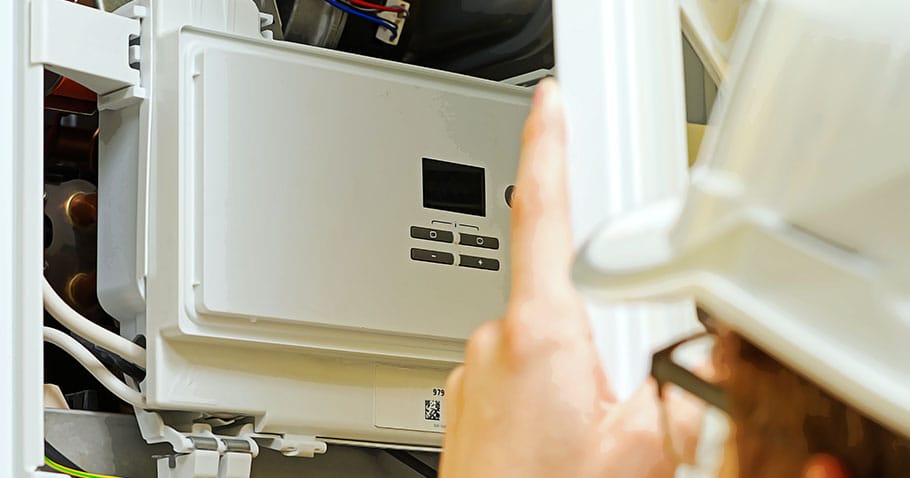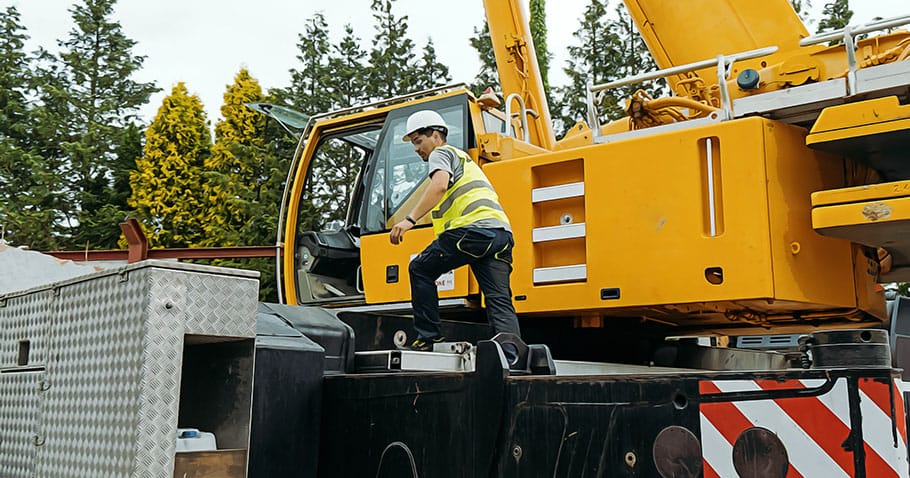Water Contaminants: What to Look for in Rural vs. Urban Areas

Water is essential for life, yet many people take its quality for granted. Whether you live in a bustling city or a quiet rural area, the quality of your drinking water can vary greatly, often influenced by local environmental factors, infrastructure, and human activity. Understanding the different types of water contaminants that can affect your water supply is crucial for ensuring your health and safety. Investing in a reliable water filtration system can help remove these contaminants and provide you with cleaner, safer drinking water.
The Nature of Water Contaminants
Water contaminants can generally be divided into two main categories: biological and chemical. Biological contaminants include bacteria, viruses, and parasites that can enter water supplies, often causing illness. Chemical contaminants can come from various sources, including agricultural runoff, industrial discharges, and household chemicals. The presence of these contaminants can affect not only the taste and smell of your water but also its safety.
In rural areas, the sources of contamination are often tied to natural elements and agricultural practices. Conversely, urban areas may face challenges related to outdated infrastructure, industrial pollution, and higher population densities. Understanding the differences between these environments is essential for identifying potential contaminants in your water supply.
Water Contaminants in Urban Areas
In urban areas, the quality of water can be significantly affected by the density of the population and the industrial activities surrounding it. Municipal water systems generally treat water to meet safety standards, but issues can still arise.
One major concern is lead contamination, especially in older cities with aging pipes. Lead can leach into the water supply from deteriorating plumbing systems, posing serious health risks. Children are particularly vulnerable, as lead exposure can lead to developmental issues.
Chlorine and chloramine are often used in municipal water systems to disinfect water. While these chemicals are effective in killing harmful microorganisms, they can also create byproducts that may be harmful. For example, trihalomethanes (THMs) are formed when chlorine reacts with organic matter in water. Long-term exposure to high levels of THMs has been linked to health issues, including certain types of cancer.
Another concern in urban areas is the presence of pharmaceuticals and personal care products in water supplies. As people use these products and dispose of them improperly, traces can find their way into the water system. Though typically present in very low concentrations, the cumulative effects of these substances are still a topic of ongoing research.
Urban runoff is another issue. Rainwater can wash pollutants from roads, parking lots, and industrial areas into storm drains, eventually leading to water bodies and sometimes back into the drinking water supply. This runoff can carry a variety of contaminants, including heavy metals, oil, and grease.
Water Contaminants in Rural Areas
Rural areas often face a different set of challenges when it comes to water quality. Many rural homes rely on private wells for their drinking water. While this can provide access to a more natural water source, it also means that homeowners are responsible for monitoring and maintaining the quality of their water.
One of the most significant concerns in rural areas is agricultural runoff. The use of fertilizers and pesticides in farming can lead to nitrate and pesticide contamination in groundwater. Nitrates are particularly concerning because they can cause a condition known as methemoglobinemia, or “blue baby syndrome,” which affects the oxygen-carrying capacity of blood in infants.
Another common issue is microbial contamination. In rural areas, septic systems are often used for waste disposal. If these systems are not properly maintained, they can leak harmful bacteria and viruses into the groundwater. Additionally, flooding can disrupt septic systems, leading to further contamination risks.
Hard water is also a prevalent issue in many rural regions. While not a health risk in the same way as biological or chemical contaminants, hard water can cause scaling in pipes and appliances, affecting their efficiency and longevity. It is characterized by high levels of calcium and magnesium, which can impact the taste and quality of the water.
The Importance of Testing Your Water
Regardless of whether you live in a rural or urban area, regular water testing is vital for ensuring safety and quality. For those in urban environments, municipal water quality reports can provide valuable insights, but it’s also wise to conduct independent tests, especially if you notice changes in taste, smell, or appearance. Additionally, if hard water is an issue, investing in a water softener system Meadville can help improve the quality of your water and enhance the overall effectiveness of your water supply.
For rural homeowners relying on wells, testing is even more critical. Many experts recommend testing well water at least once a year for bacteria, nitrates, and any other local contaminants. This proactive approach can help catch issues before they become serious health risks.
Home testing kits are available and can help you monitor water quality easily. These kits can test for a variety of contaminants, including lead, nitrates, and chlorine levels. If you discover a problem, it’s important to take action immediately, whether that means upgrading your filtration system or consulting local health authorities.
Addressing Contaminants
When it comes to addressing water contaminants, the solutions can vary based on the type of contamination and its source. In urban areas, upgrading infrastructure, replacing lead pipes, and improving stormwater management can significantly enhance water quality. Municipalities are often required to report on water quality and may offer programs to help residents improve their home systems.
For those in rural areas, solutions may involve installing filtration systems capable of removing specific contaminants like nitrates or bacteria. Reverse osmosis systems and UV disinfection are popular choices for treating well water, but it’s essential to choose a system that meets your specific needs.
Additionally, educating the community about proper agricultural practices and waste disposal can help reduce contamination risks. Farmers can adopt practices that minimize runoff, such as buffer zones and reduced chemical use, which can greatly improve water quality in surrounding areas.
Conclusion
Water quality is a critical issue that affects everyone, whether living in urban or rural environments. Each setting presents unique challenges and potential contaminants that must be addressed. Understanding the types of contaminants common to your area is the first step in ensuring safe drinking water.
Regular testing, proactive measures, and community awareness can help mitigate risks associated with water contaminants. By staying informed and taking action, you can ensure that the water you drink is not only safe but also a source of health and well-being for you and your family. For added convenience and peace of mind, consider opting for bottled water home delivery Warren, which can provide a reliable source of clean drinking water right to your doorstep.


































































